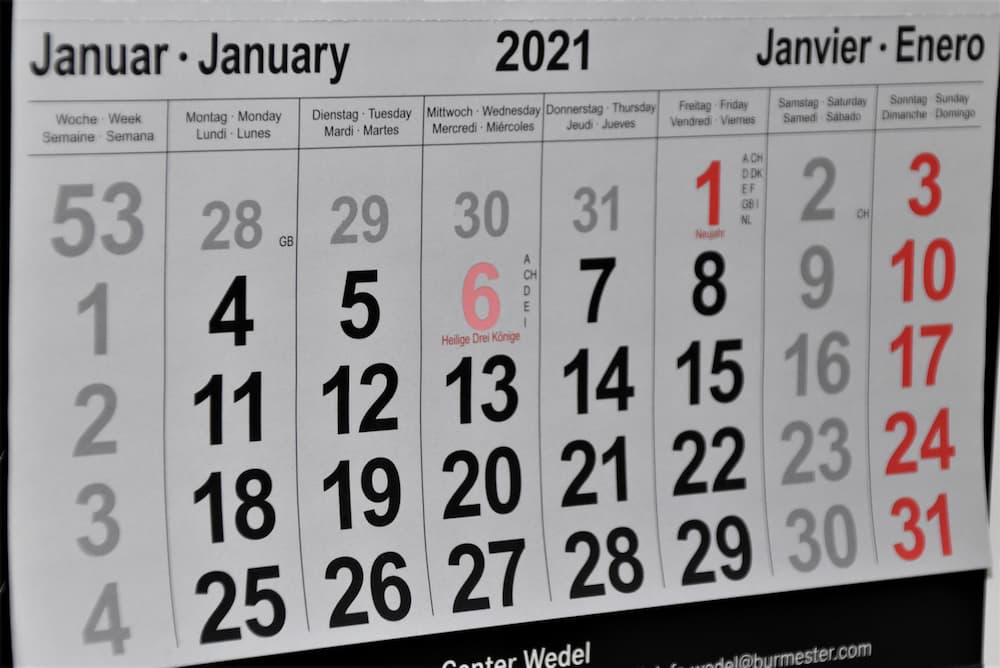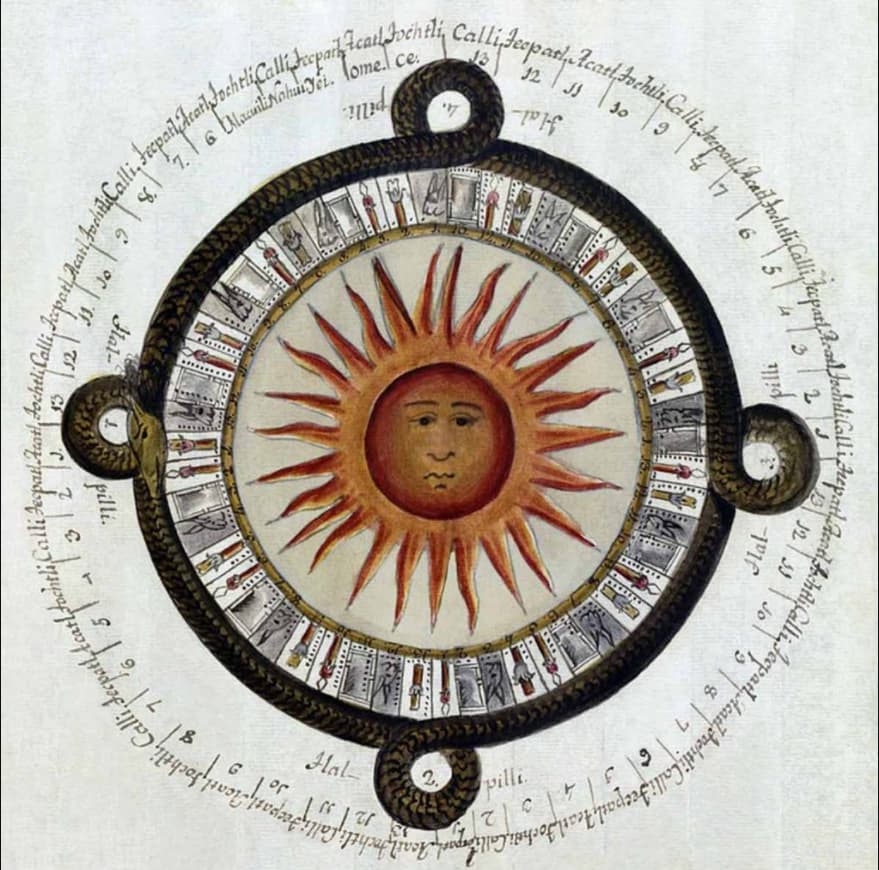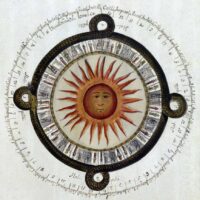Understanding the Differences Between the Julian and Gregorian Calendars
The Julian and Gregorian calendars are two of the most commonly used calendars today. Both were developed in ancient times, but there are some important differences between the two. Understanding these differences can help you better plan your activities and plan for important dates throughout the year.
The Julian calendar was developed by Julius Caesar in 45 BC, and it was based on a solar year of 365.25 days. The Julian calendar was in use for centuries, but it wasn’t perfect. Over time, the calendar gained a few days due to small inaccuracies in the calculation of the solar year.
The Gregorian calendar was developed by Pope Gregory XIII in 1582 as a way to correct the errors in the Julian calendar. It is based on a solar year of 365.2425 days and is more accurate than the Julian calendar. The Gregorian calendar is now the most commonly used calendar in the world, and it’s been adopted by most countries.
One of the biggest differences between the Julian and Gregorian calendars is the way they calculate leap years. In the Julian calendar, leap years occur every four years, regardless of whether or not that year is divisible by four. This means that there can be up to three extra days added to a year. The Gregorian calendar, on the other hand, only adds an extra day to years that are divisible by four. This means that the Gregorian calendar is more accurate than the Julian calendar when it comes to calculating leap years.
Another difference between the two calendars is that the Gregorian calendar omits certain days to keep it in sync with the solar year. These days are omitted on a regular basis and are known as \
Exploring the History of the Julian and Gregorian Calendars
The Julian and Gregorian calendars are two of the most important calendars in the world today. They are used in almost every country, and have been for hundreds of years. Understanding the history of these two calendars is essential in order to appreciate their importance and how they work.
The Julian calendar was created in 46 BC by Julius Caesar, hence its name. It was based on a solar calendar and contained 365 days in a year with an extra day added every fourth year. This extra day was known as a leap day, and it was necessary to ensure that the calendar remained in line with the Earth’s rotation around the sun. This calendar was used widely throughout Europe and the Mediterranean for over 1,600 years.
However, the Julian calendar contained a slight inaccuracy. Due to the imperfection of calculating leap days, the calendar drifted away from the actual solar year by about 11 minutes per year. This meant that by 1582, the calendar was nearly 10 days behind the solar year. In response to this, Pope Gregory XIII introduced the Gregorian calendar in 1582. This calendar contained a more accurate calculation of leap days and was quickly adopted by countries all over Europe.
The Gregorian calendar is very similar to the Julian calendar, but it contains a few key differences. Firstly, it is slightly more accurate than the Julian calendar, as it uses a more precise calculation for leap days. Secondly, it does not contain any leap years that are divisible by 100, unless they are also divisible by 400. This means that the year 2000 was a leap year, but the year 2100 will not be. Finally, the Gregorian calendar begins on January 1st rather than March 1st like the Julian calendar did.
Today, the Gregorian calendar is used in almost every country in the world. It is an essential part of our lives, as it helps us keep track of time and plan events in advance. It also serves as a reminder of our shared history with other countries and cultures, as many of them adopted it after its introduction in 1582. Exploring the history of both the Julian and Gregorian calendars is an excellent way to gain an appreciation for their importance and how they work.

Advantages of the Julian and Gregorian Calendars
The Julian and Gregorian calendars are two of the most widely used calendars today. They are used for a variety of different purposes, from keeping track of holidays to planning events to setting dates for business meetings. Both calendars have their advantages, which make them useful for different situations.
The Julian calendar was introduced by Julius Caesar in 45 B.C., and it was the first solar-based calendar in use. This calendar was based on the solar year, which is the length of time it takes for the Earth to orbit the sun. This calendar was very accurate in its calculations, but it did not take into account the small variations in the length of a solar year. As a result, over time the dates began to drift and the calendar became less accurate.
The Gregorian calendar was introduced in 1582 by Pope Gregory XIII. This calendar was based on the same principles as the Julian calendar, but it corrected for the small variations in a solar year. As a result, it is much more accurate than the Julian calendar, and it is now the most widely used calendar in the world.
One of the main advantages of the Julian and Gregorian calendars is that they are both solar-based. This means that they are tied to the cycles of nature, which makes them easier to use for setting dates for holidays and other special events. In addition, both calendars are very accurate in their calculations and do not suffer from any significant drift over time like some other calendars do.
Another advantage of these two calendars is that they both have a set number of days in each month and a fixed length of the year, which makes them ideal for planning long-term events. For example, if you know that a certain event will take place exactly one year from today, you can use either of these calendars to easily calculate the exact date of that event without having to worry about any variations or inaccuracies in your calculation.
Finally, both calendars are very easy to understand and use. Since they are both based on the same principles, it is easy to switch back and forth between them if needed. This makes them very convenient for people who need to plan events or keep track of dates across different countries or regions that use different calendars.
In conclusion, the Julian and Gregorian calendars have many advantages that make them ideal for planning events, keeping track of holidays, and setting dates for business meetings. They are both solar-based, meaning they are tied to the cycles of nature, and they are also very accurate and easy to understand and use. As a result, they have become two of the most widely used calendars today.























Recent Comments